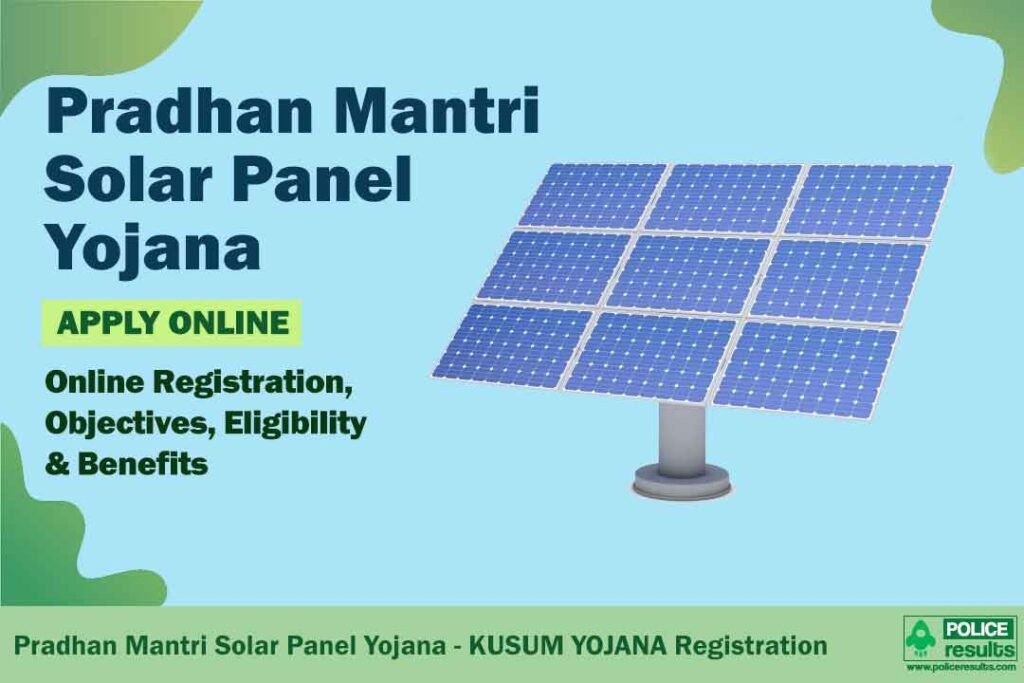Pradhan Mantri Solar Panel Subsidy Scheme-An Overview
The Indian Ministry of New and Renewable Energy (MNRE) has launched several Central Financial Assistance (CFA) schemes to encourage the adoption of solar energy in India and achieve the goal of 100 GW of electricity from solar power. The government will provide subsidies on solar panels to institutions, households, and the social sector, but not to commercial, industrial, and public sector undertakings.
The MNRE has announced that the central government will pay 30% of the benchmarked installation cost for roof PV systems, which is limited to some states. In contrast, special category states in the North, including Uttarakhand, Himachal Pradesh, Jammu & Kashmir, and Uttar Pradesh, will receive a subsidy of 70% of the benchmark installation costs. The target for solar rooftop installations is 800,000 consumers by the end of the financial year 2022-23, and the solar rooftop subsidy will be provided accordingly.
Private residential consumers can receive a state subsidy of 40% for solar rooftop systems up to 3kW and 20% for systems between 3 kW to 10 kW. Solar rooftop systems with a capacity beyond 1 kilowatt DC can be installed regardless of the sanctioned load of consumers. The subsidy on solar panels may be limited to a maximum capacity of 10 kW.

The Indian government has also introduced various solar panel schemes to support enterprises that promote growth. For solar parks and ultra-mega solar power projects, the CFA will total INR 2 million per MW or 30% of the project cost, including grid-connectivity costs. Additionally, INR 2.5 million per plant is available for conducting surveys and preparing Detailed Project Reports (DPRs). For grid-connected rooftop systems, the CFA will provide 30% of the benchmark cost for general and 70% for residential, social, and institutional sectors.
For the development of grid-connected PV plants on canal banks and tops, the industrial subsidy on solar panels will provide financial support of 30% of the project cost for canal top projects and 15% of the project cost on canal bank projects. The total amount of CFA distributed will be INR 2.25 billion for 100 MW for a maximum of two years, with a 1% service charge to the Solar Energy Corporation of India (SECI).
For PV lighting systems, solar power plants, and solar pumps, the benchmark cost and CFA differ depending on the type of system. For example, for lighting systems, the benchmark cost is INR 340/W and the CFA is INR 102/W for lights, lanterns, and lead-acid batteries, while street lights with lithium Ferro phosphate batteries have a benchmark cost of INR 475/W and a CFA of INR 142.5/W. Solar pumps with a capacity of up to 3 HP (DC) have a CFA of INR 30,000/HP and a benchmark cost of INR 120,000/HP.
Overall, the Indian government has introduced several solar panel subsidy schemes to promote the adoption of solar energy in India and achieve the target of 100 GW of electricity usage. These schemes offer financial support to institutions, households, and the social sector, as well as to solar parks, ultra-mega solar power projects, grid-connected rooftop systems, PV lighting systems, power plants, and solar pumps.
Solar Panel Subsidy Scheme -Benefit

The solar panel subsidy scheme introduced by the Indian government provides various benefits to enterprises and individuals looking to switch to solar energy.
- Financial support: The scheme offers financial assistance in the form of subsidies on the benchmarked installation cost of solar panels. This makes it easier for people to afford solar installations, especially in the residential and institutional sectors.
- Encourages solar energy usage: By providing financial support to those who switch to solar energy, the scheme encourages the adoption of this renewable energy source. This not only reduces the carbon footprint but also helps to reduce the dependence on non-renewable sources of energy.
- Boosts the economy: The solar panel subsidy scheme promotes the growth of the solar industry in India, which in turn creates job opportunities and stimulates economic growth.
- Reduced electricity bills: Switching to solar energy can lead to significant reductions in electricity bills, especially in the long run. The subsidies provided under this scheme make it easier for people to make this switch and enjoy the long-term benefits.
- Reduced environmental impact: The use of solar energy reduces the environmental impact of electricity generation, as it does not produce harmful emissions. The solar panel subsidy scheme encourages the use of this clean energy source, thus contributing to environmental sustainability.
Overall, the solar panel subsidy scheme offers significant benefits to individuals, businesses, and the environment, and promotes the adoption of solar energy in India.
Solar Panel Scheme-How to Apply
| Pradhan Mantri Solar Panel Yojana 2023 – Overview | |
| Name of Scheme | Pradhan Mantri Solar Panel Yojana (PMSPY) – Kusum Yojana |
| in Language | प्रधानमंत्री सोलर पैनल योजना (कुसुम स्कीम) |
| Kusum Scheme Full Form | Pradhan Mantri Kisan Urja Suraksha evam Utthaan Mahabhiyaan |
| Launched by | Government of India |
| Name of Department | Ministry of New and Renewable Energy |
| Beneficiaries | Farmers of the Country |
| Major Benefit | Providing solar irrigation pump |
| Scheme Objective | To Double Farmers Income |
| Cost of Scheme | Rs 10000 crore |
| Time duration of Scheme | 10 Years |
| Scheme under | State Government |
| Name of State | All India |
| Post Category | Scheme/ Yojana/ Yojna |
| Official Website | http://mnre.gov.in |
PM Free Solar Panel Yojana–How to Apply
To apply for the Kisan Pradhan Mantri Solar Panel Yojana, one can visit the official website of the Ministry of New and Renewable Energy (https://mnre.gov.in/). On the homepage of the website, select the “Public Grievances & Complaint Redressal Mechanism” option. Next, carefully fill in all the information asked for in the application form and submit it.
It is important to ensure that all the information is accurately entered in the application form. This may include personal details such as name, address, and contact information, as well as information related to land ownership and electricity usage. After submitting the form, it may take some time to process the application and receive a response from the concerned authorities.
Additionally, it is recommended to keep a copy of the submitted application form and any other relevant documents for future reference. If any further assistance is required in regard to the application process or any other queries related to the scheme, one can also contact the Ministry of New and Renewable Energy directly through their website.
Overall, the application process for the Kisan Pradhan Mantri Solar Panel Yojana is straightforward and can be completed online. It is important to stay updated on any changes or updates related to the scheme and to carefully follow the instructions provided on the official website.



